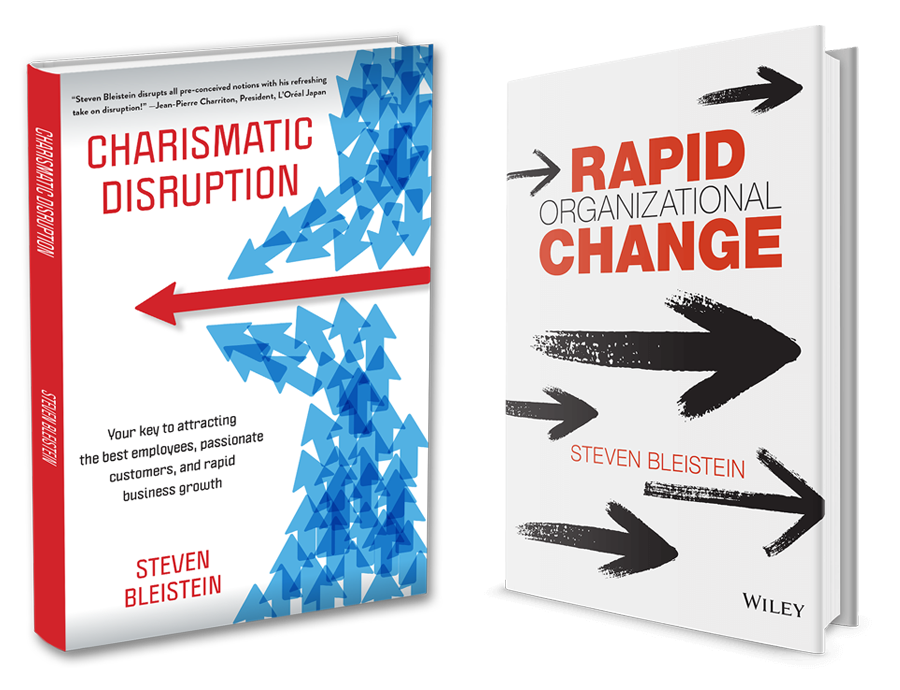The CEO of a company in Japan wanted to hire a Chinese woman as Vice President of Sales, overseeing a half-billion euro business in Japan and well over one hundred salespeople and managers. She was the most talented candidate for the job.
Yet putative “Japan experts,” internal and external alike, prophesied doom. The new vice president spoke no Japanese. Her mostly male team consisted of over one hundred people and mostly spoke no English. The company’s industry is frequently described as traditional, conservative, male-dominated, misogynistic, and even xenophobic.
“Japanese salesmen won’t follow a female leader, much less a Chinese woman who speaks no Japanese!”
“How will she communicate with staff? She cannot be effective if she can’t speak the language!”
“How will she communicate with customers?”
“Will the conservative male leaders of our Japanese customer companies take a Chinese woman seriously? You can’t possibly think they will!”
“How will she deal with the racism and misogyny of the Japanese? Will a foreign woman have the stamina for that?”
The CEO, undaunted by the warning, hired the Chinese woman anyway and then hired me to advise her.
We rapidly resolved the language issue. A junior salesman who spoke excellent English stepped up to serve as translator and interpreter.
As for her staff, I advised her to ignore preconceived notions of Japanese corporate culture because they don’t matter.
Leaders make company culture, not countries. The most successful leaders I know don’t change their leadership style to match the organization’s culture. They change the organization’s culture to match their leadership style.
I explained to her how to do this. Her staff abided with little drama. They spoke often and frankly with her, albeit through an interpreter. They used humor with her and clearly liked her. They trusted her implicitly.
As for the Japanese CEO leaders of her customer companies, I advised her always to walk into a meeting with an open mind.
Always presume people are undamaged until they prove otherwise. Never presume misogyny or xenophobia on the part of any of them.
“Most of your CEO customers are Japanese entrepreneurs,” I explained. They buy from you because you help them make the money they use to support their families, pay for their lifestyles, educate their children, and take their holidays. You help them leave a successful, thriving business for their children as their legacy. No entrepreneur would ever compromise the value you provide in Japan or anywhere else. Listen to them frequently. Help them make their businesses successful, and you will do fine.”
She visited her CEO customers frequently, listening, advising, and helping them grow their businesses. She became popular among them. They always welcomed her when she requested a meeting. She talked with them more frequently than any of her predecessors, all of whom were Japanese, and most of whom were men.
Her efforts paid off. She achieved the strongest sales results of any previous vice president who held the role.
The CEO was delighted—and vindicated.

